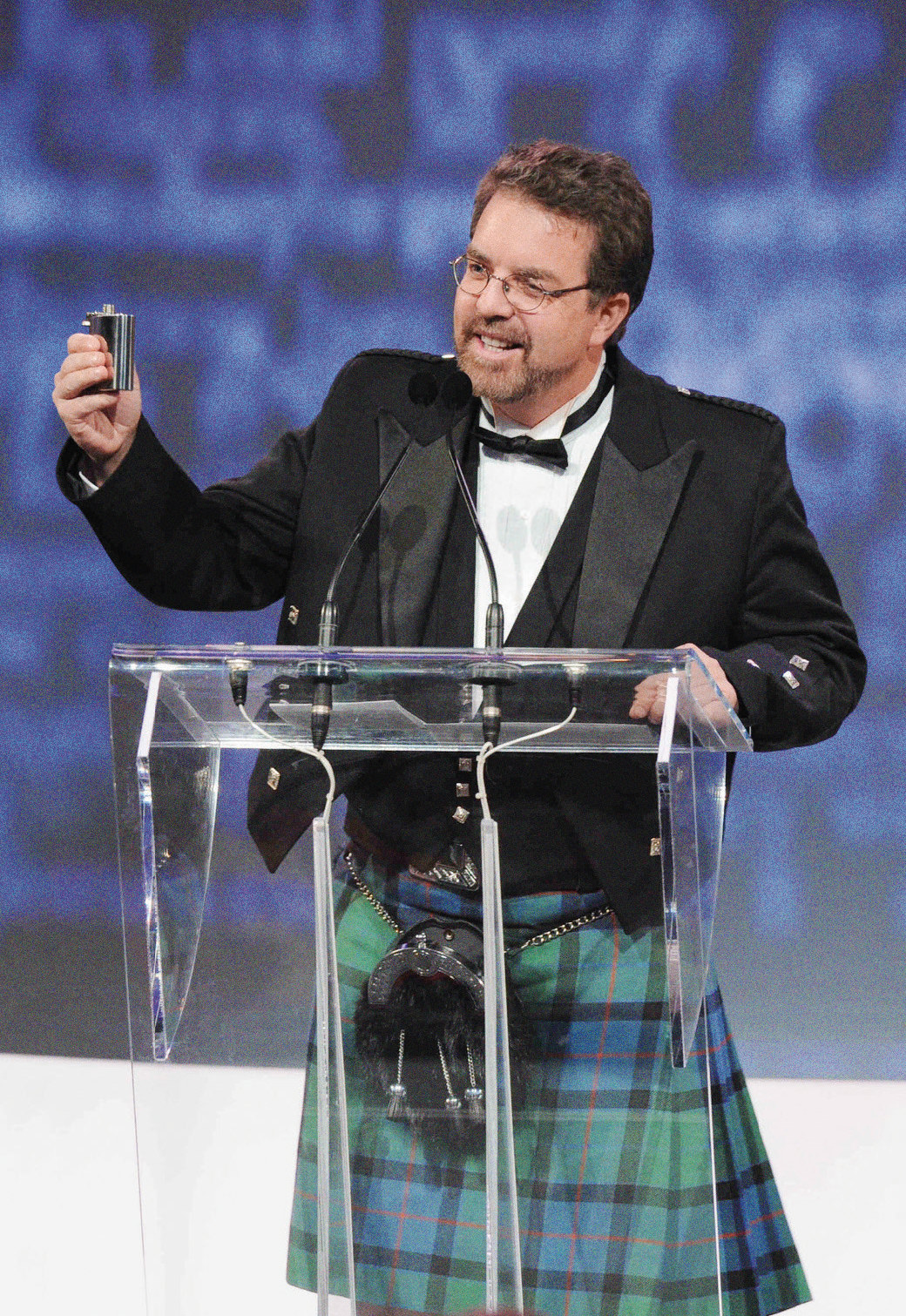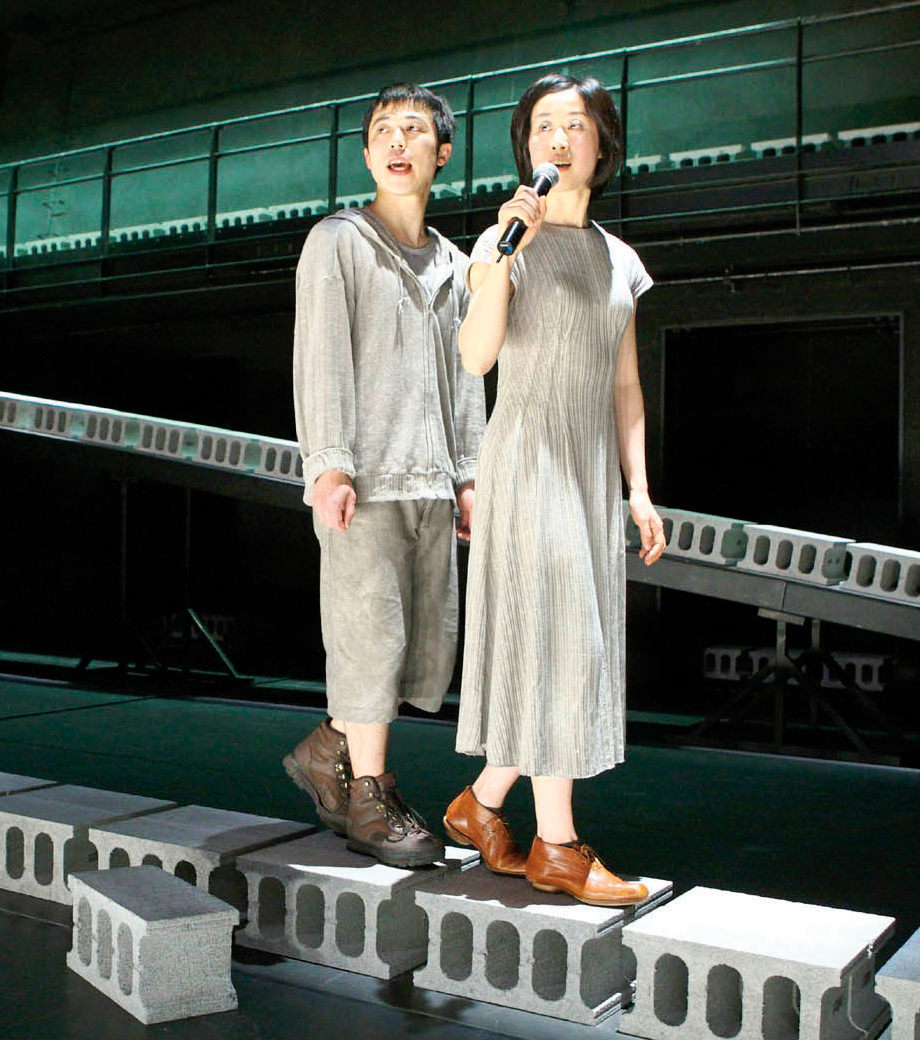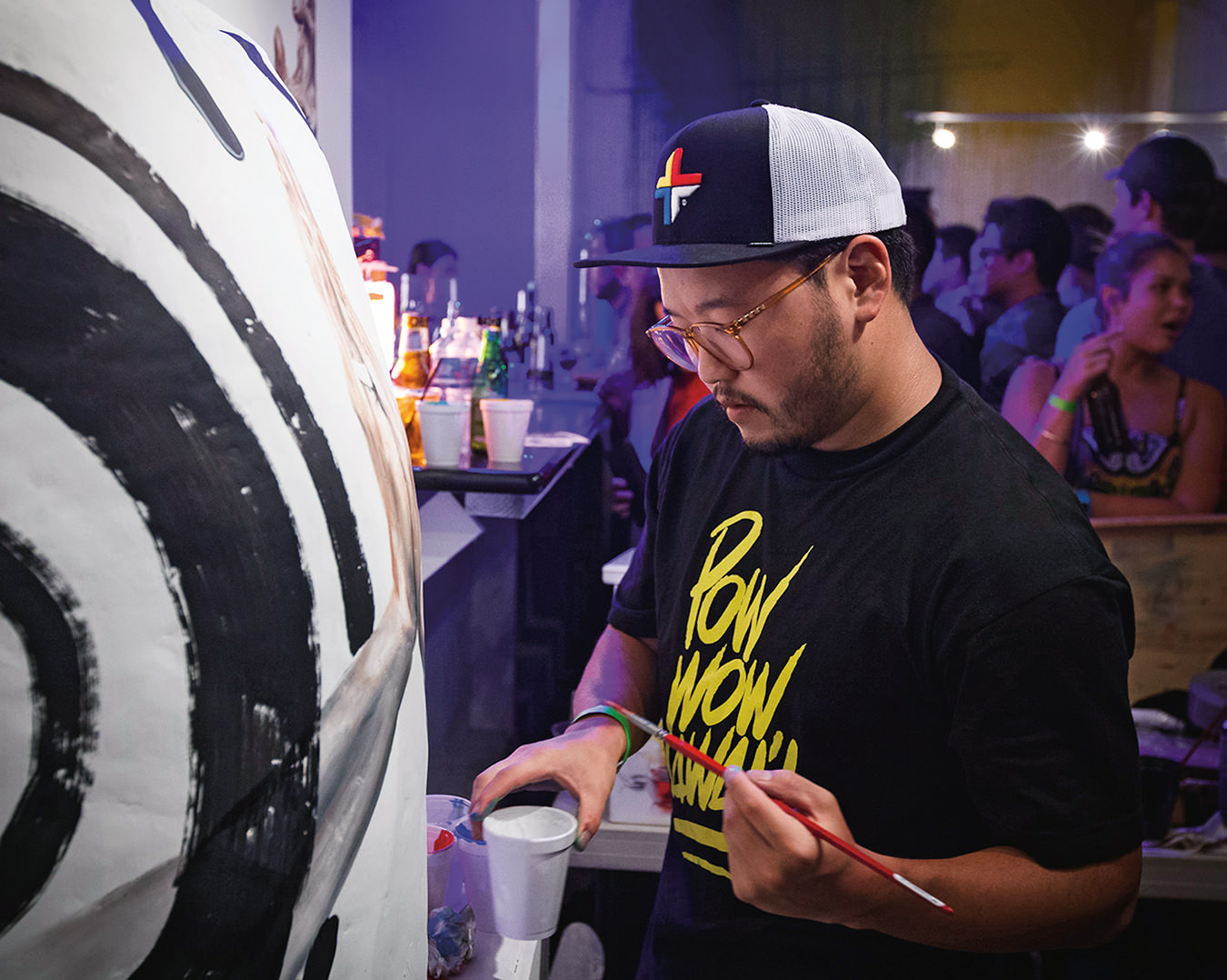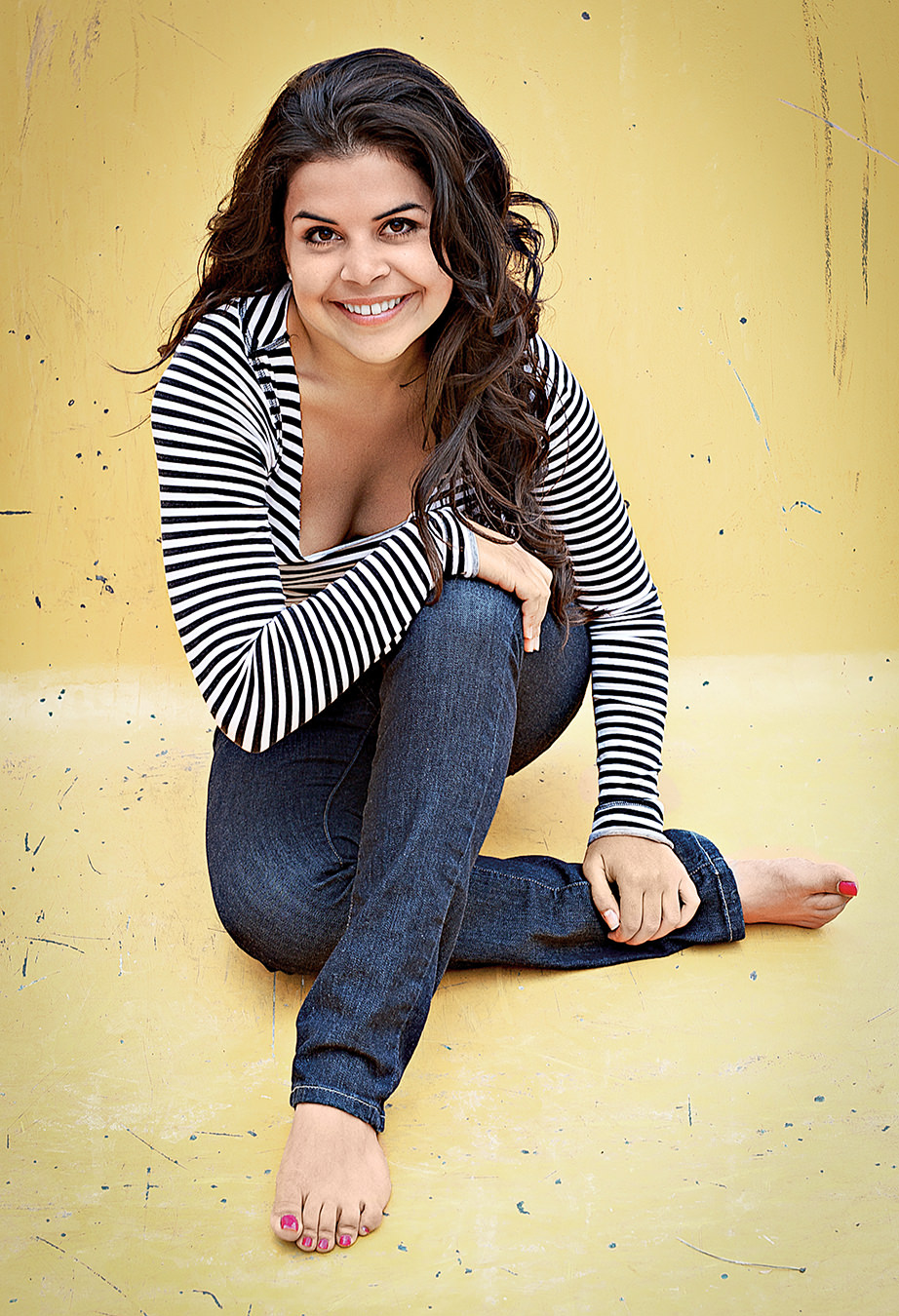-
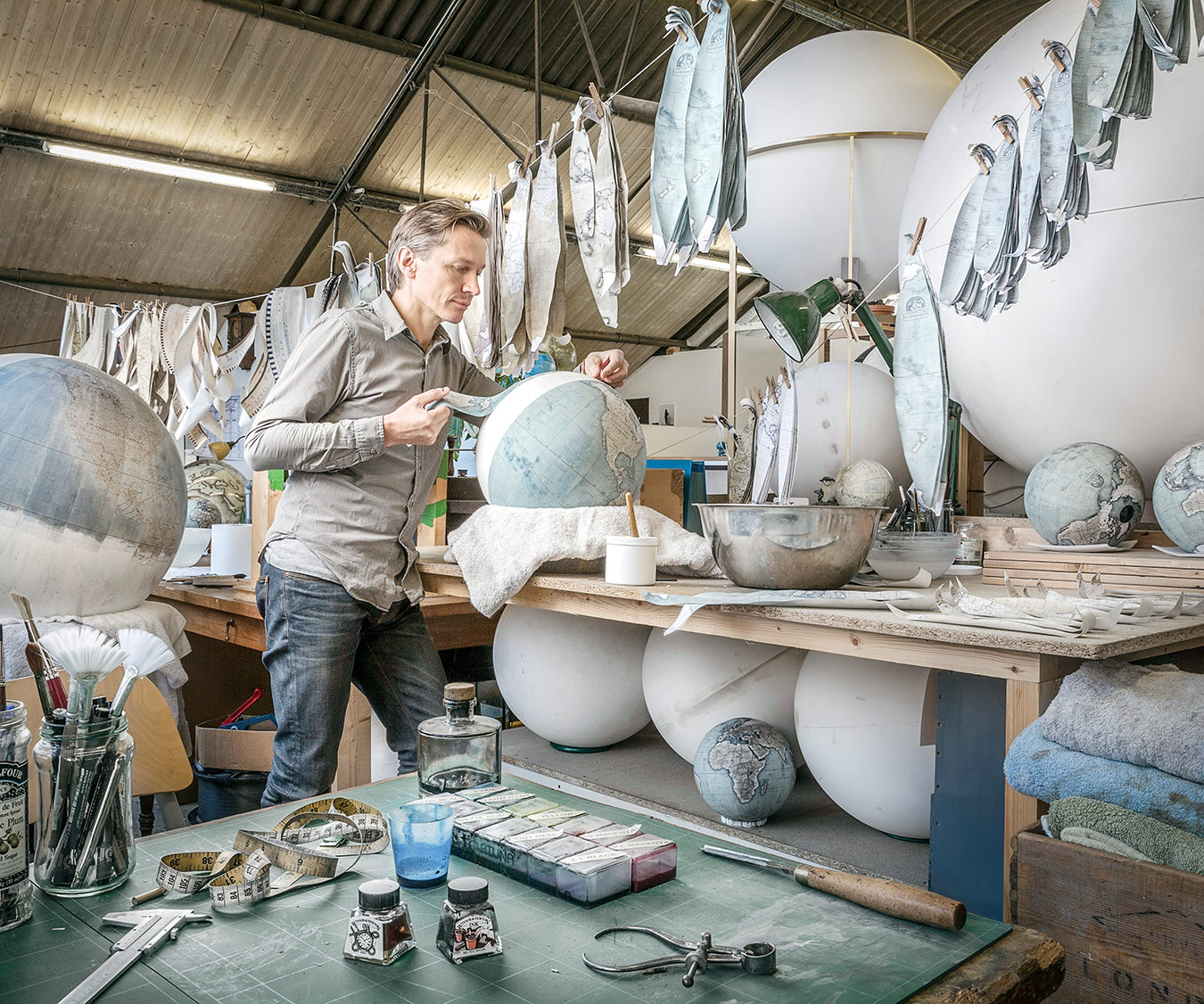
Globemaker Peter Bellerby at work in his north London studio. Photo by Julian Love.
-

A handmade Bellerby & Co. Livingstone globe. Photo by Gareth Pon.
-
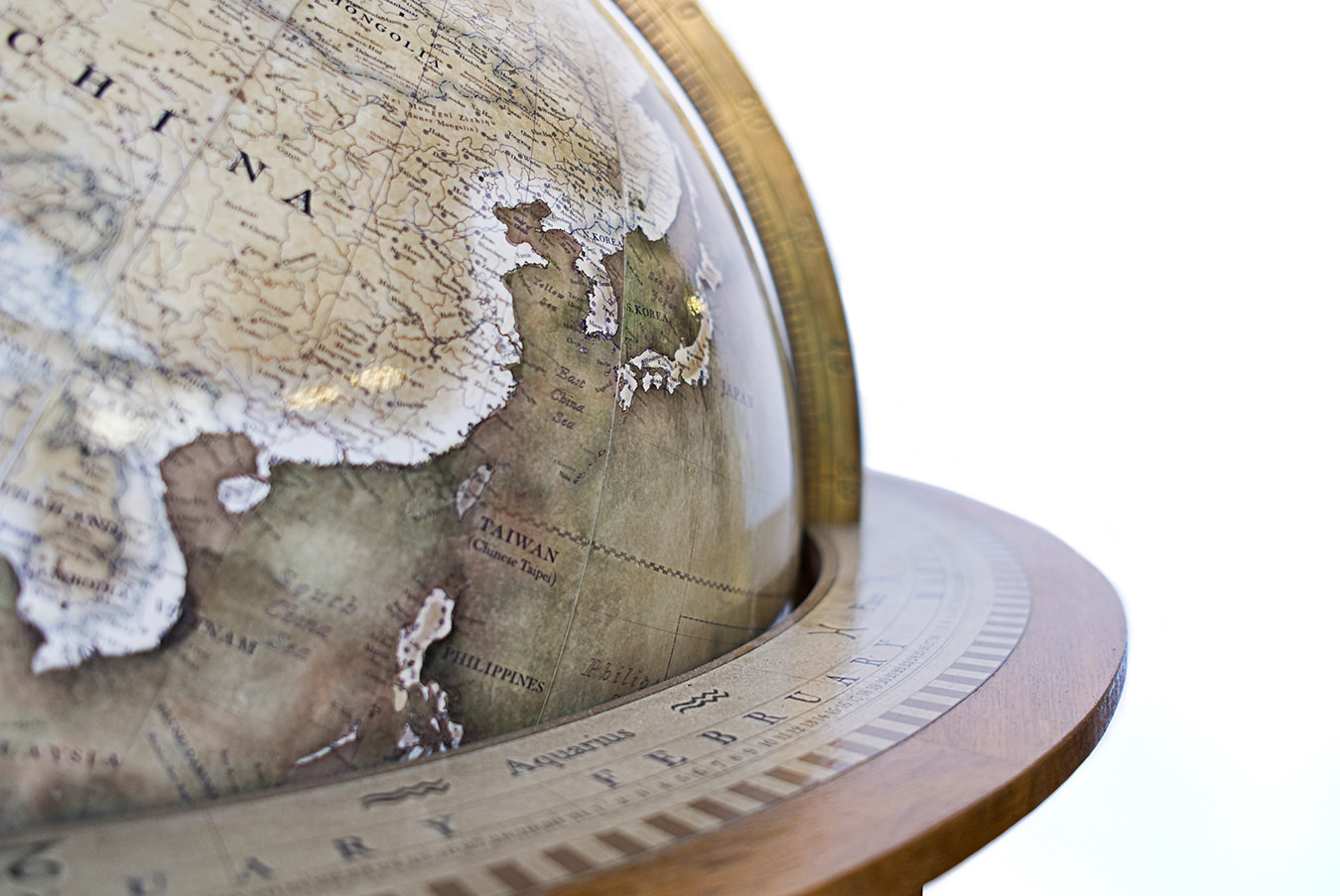
The Bellerby & Co. Britannia globe.
-

Peter Bellerby working on a custom order for artist Yinka Shonibare. Photo by Jamie McGregor.
-
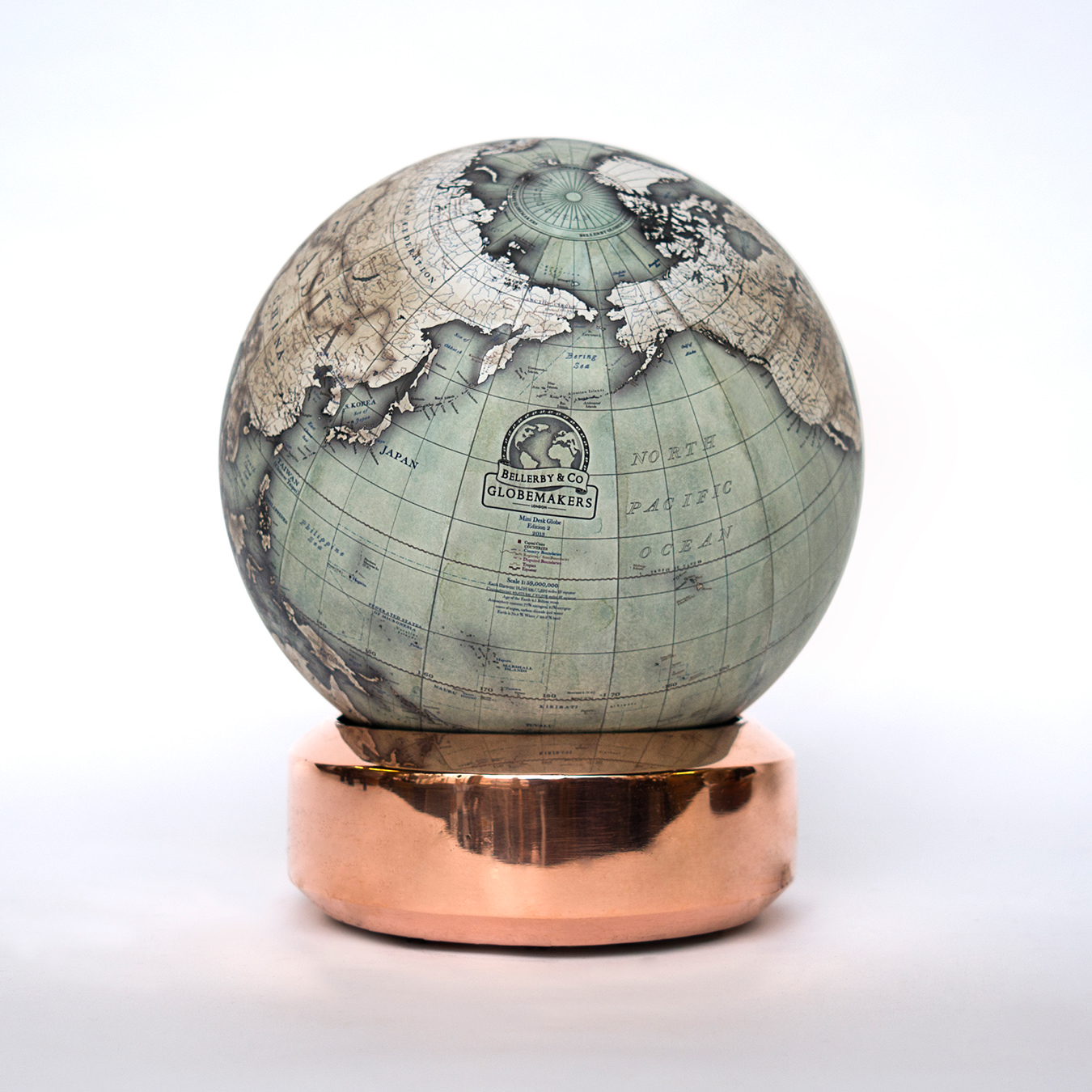
The Coppa, a mini desk globe on a solid copper base.
-
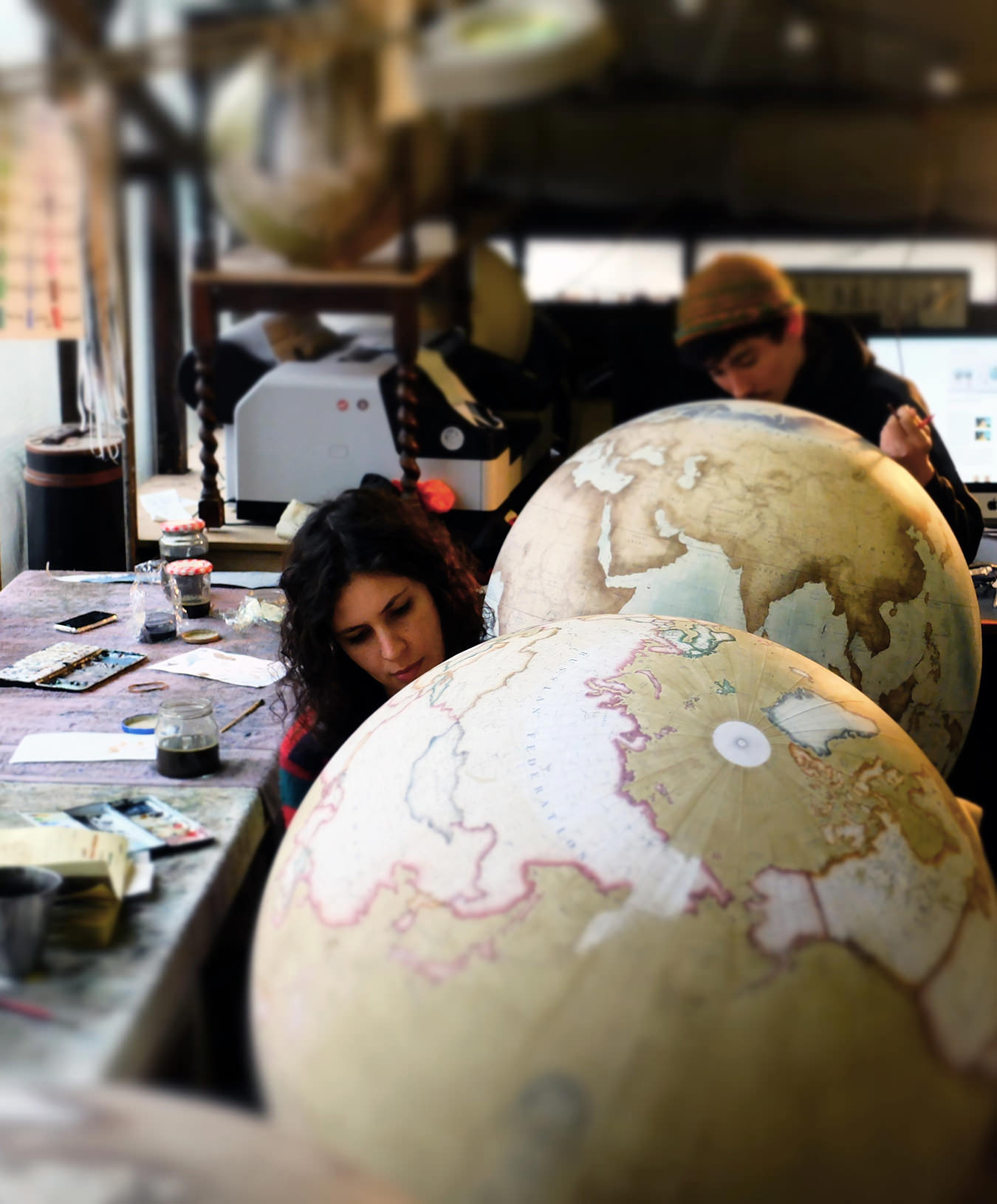
Artisans working on Galileo globes. Photo by Clarisse D’Arcimoles.
-
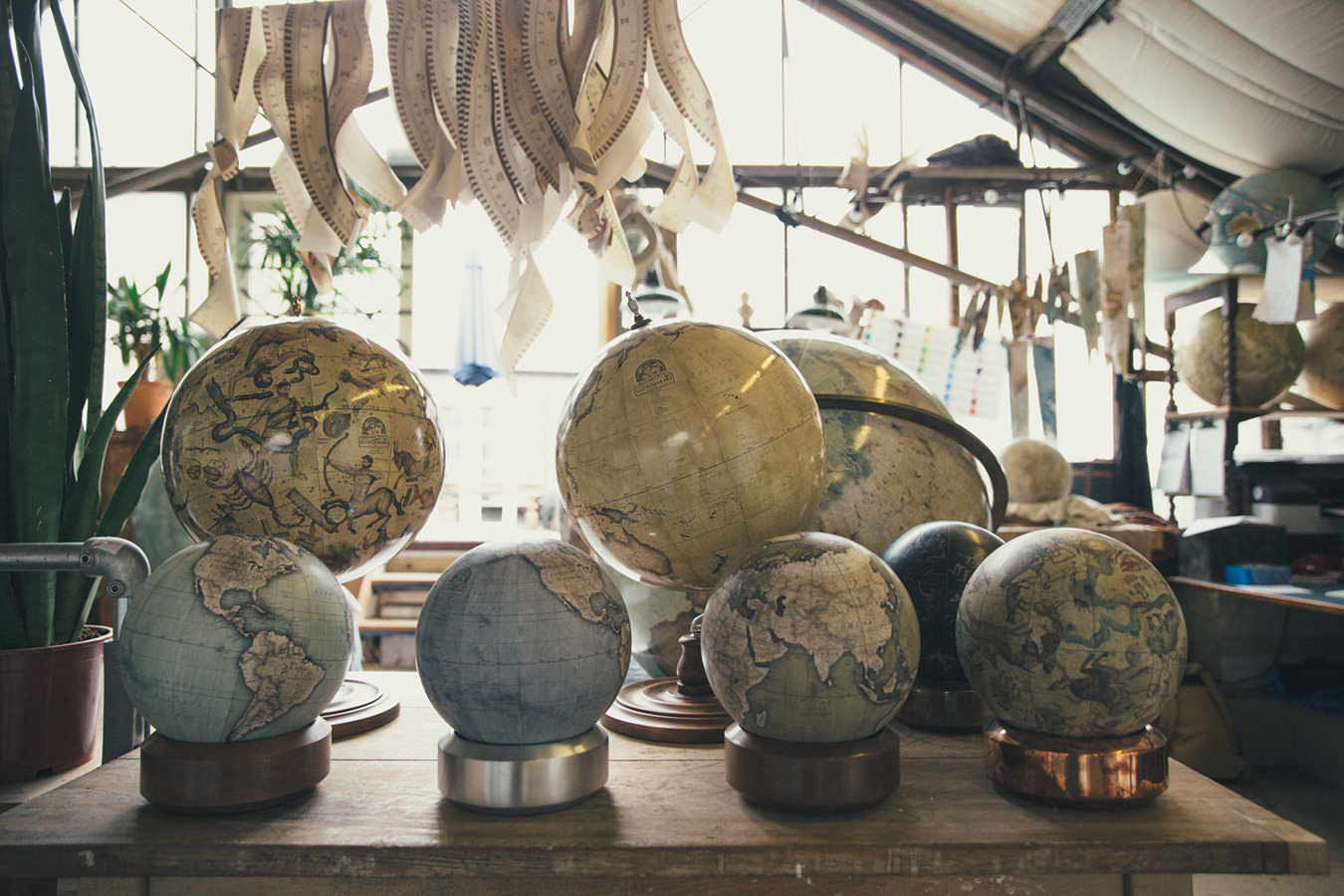
The London studio of Bellerby & Co. Photo by Gareth Pon.
-

The Celestial Mini Desk Globe on an aluminium base.
-
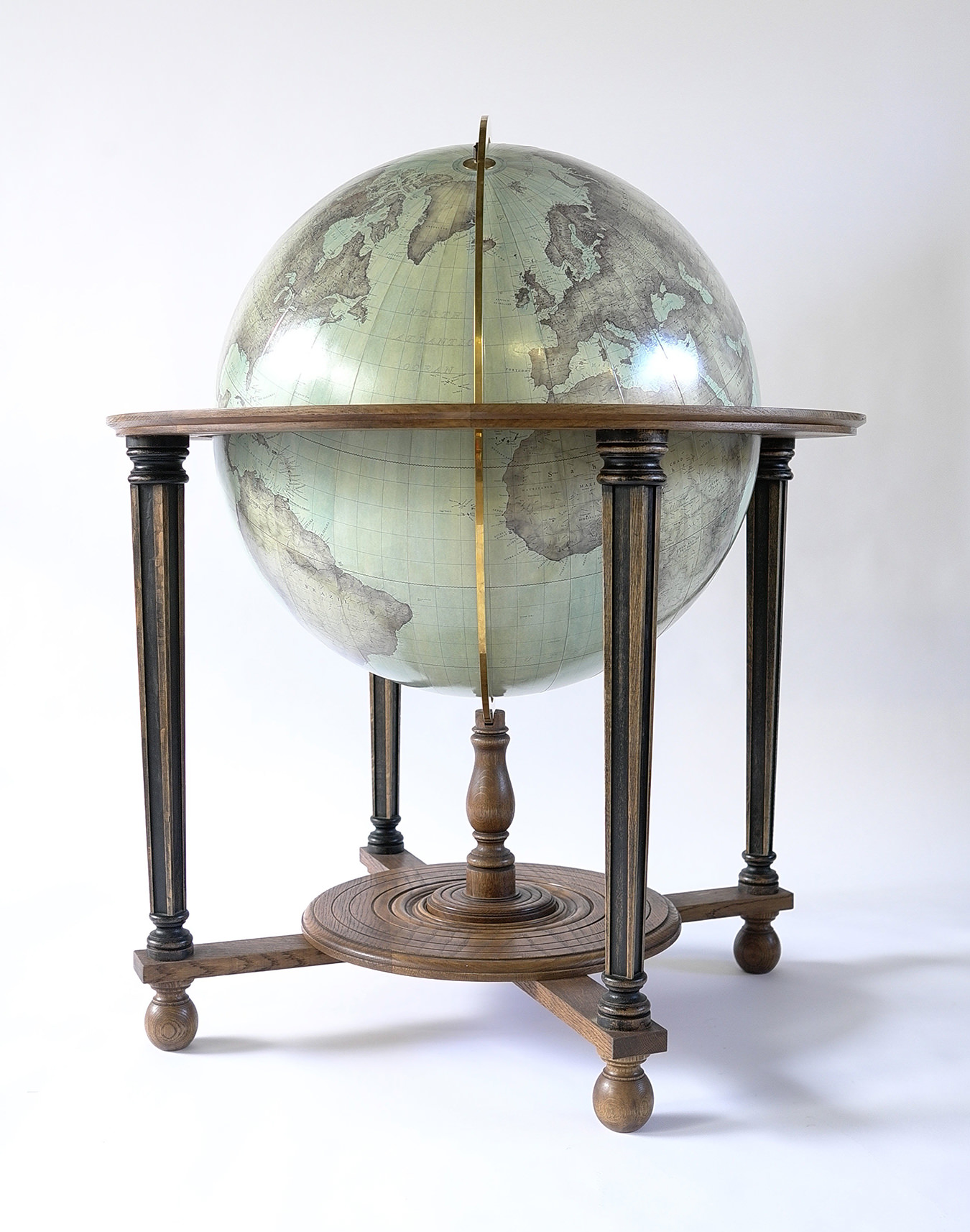
The Galileo Cassini, an 80-centimetre floor standing globe.
-

Inside the London studio of Bellerby & Co. Photo by Gareth Pon.
Bellerby & Co. Bespoke Globes
Going global.
Like a chalkboard, HB pencils, and a desk whose top opens to reveal dried gum stuck to its insides, a globe is something most of us remember from our school days, yet haven’t given much thought to since Grade 4. This was no different for Peter Bellerby, who, in 2008, set about on a quest to find the perfect globe for his father’s 80th birthday. “I was looking for a globe that was aesthetically nice as well as geographically accurate,” he recalls. When he couldn’t find a globe to his liking, Bellerby set about constructing one, a pursuit that quickly turned into an arduous process of creating a hundred or so prototypes before he was satisfied. “I thought it would take three or four months and cost a little bit of money, but it was horrendous. It took 18 months and cost £150,000 [$270,000 Canadian] plus—it was way out of control.”
And yet, six years later, Bellerby is the proprietor behind Bellerby & Co., one of the world’s only businesses specializing in handmade bespoke globes. “You can only find modern, school-style globes or beautiful antiques,” he explains of the globe selection from his studio in Stoke Newington, a district in north London, England. “I love the antiques, but you can’t use them—every time you touch them, a bit falls off.”
Prior to making globes, Bellerby had run a string of successful independent businesses, including Bloomsbury Bowling Lanes, which turned over more than £100,000 ($180,000) per week. Launching a globe-making company was a surprise even to himself. “I didn’t tell most of my friends because it was such a weird thing to do, and I didn’t know whether I’d be able to do it,” he laughs.
Yet it was precisely the unknown that Bellerby enjoyed most. “There was literally no one I could go to who could give me advice,” he recalls. “I spent ages working out the best ways; I had to teach myself everything about the process of applying the map to the sphere.”
The Bellerby & Co. repertoire includes six globe types: Livingstone, Britannia, Galileo, Curve, Churchill, and mini desk globes. The globes are fabricated from either plaster of Paris (inlaid with burlap fibres for strength) or fibreglass (glass-reinforced plastic) or resin composite, and then prepared for attaching gores—triangular strips of paper that, together, fit perfectly to form a sphere. This process is painstaking, time-consuming, and both exceedingly frustrating and incredibly rewarding. “We wet the gore, stretch it close to its breaking point, and align it so the [latitude] lines match precisely,” explains Bellerby. Once all the gores are in place, and, following several days of drying, the globe is protected using a uniquely formulated resin compound. While Bellerby’s technique is utterly meticulous, it gives the finished product unmatched accuracy.
Making globes by hand is obviously a specific skill, one that requires a great deal of patience and can continually be finessed. “It’s one of those things [where] you can learn 70 per cent of the technique relatively quickly, but the other 30 per cent takes 20 times as long,” admits Bellerby. “It really is a true art.”
Bellerby & Co. makes fewer than 400 globes each year, though this number is steadily rising thanks to a growing customer base and showings at such high-profile retailers as Harrods. Bellerby recently completed 20 globes for a private-jet manufacturer at £1,100 ($2,000) each; presumably, they were intended as gifts for clients. Larger globes, which cost anywhere from £4,990 ($9,000) to upward of £40,000 ($72,000), are made to order and often personalized and/or customized with painted animals, highlighted locations, plotted routes, poetry—the sky is the limit. “We’re doing one as a gift for a gentleman who did a three-year, around-the-world trip in a car,” Bellerby reveals.
Whenever possible, Bellerby tries to hand-deliver each globe. “They’re robustly made, but [personal delivery] is a hundred times more reliable,” he says. And yet another way of seeing the world.

